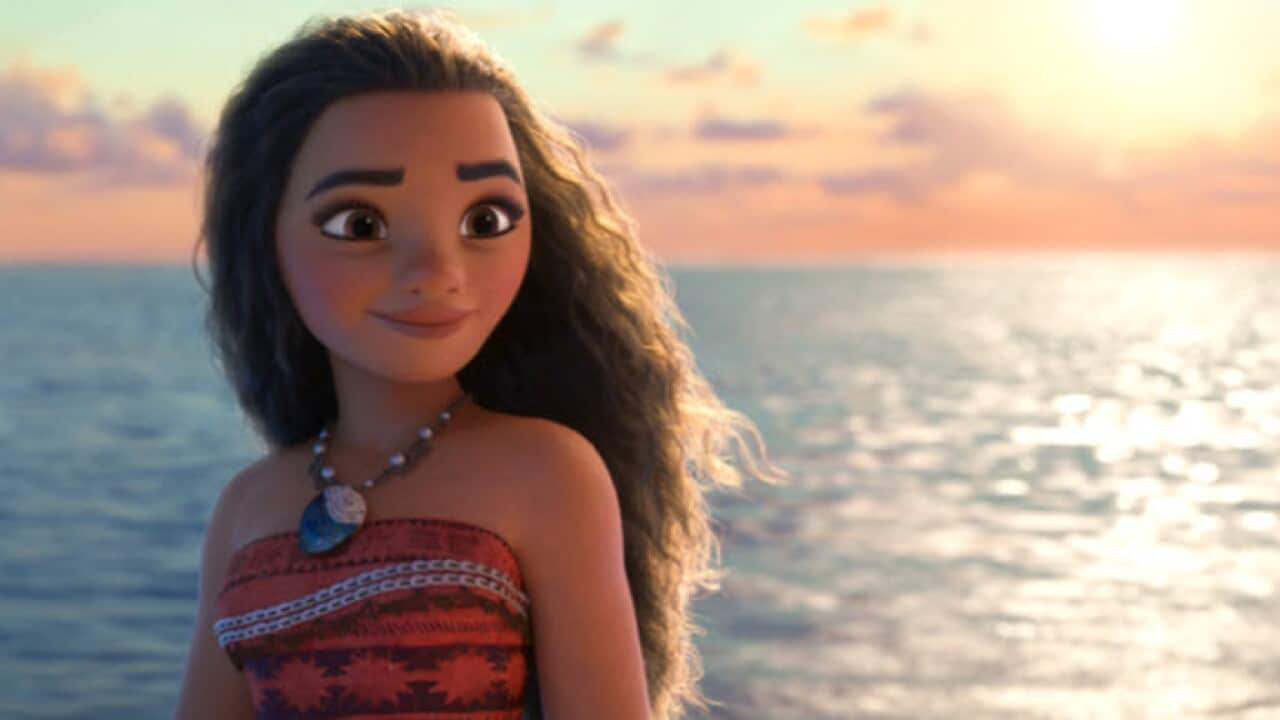About a dozen crew members for each leg of the voyage relied only on their understanding of nature's cues - ocean swells, stars, wind, birds- and their own naau, or gut, to sail about 74,000km to 19 countries, over 150 ports, spreading a message of malama honua - which means caring for the earth.
On Saturday, thousands welcomed the double-hulled canoe, Hokulea, home to Hawaii when it entered a channel off the island Oahu and tied up to a floating dock with the iconic Diamond Head in the distance.
Hokulea is the Polynesian Voyaging Society’s legendary wa’a (traditional voyaging canoe) and was first launched in 1975.
Ka'iulani Murphy, an apprentice navigator on the canoe said the successful journey taught her the value of ancient Polynesian maritime techniques.
"We really are sailing in their (the ancestors') wake," said Murphy, 38.
"We had to re-learn what our ancestors had mastered."
The toughest part of the journey was dealing with cloud cover and trying to maintain the proper speed so the boat escorting the canoe could keep pace, she said, adding she enjoyed eating the fish the crew caught during the journey.
The crew was rotated out at major ports of call. The voyage took more than six years of preparation, including two years of intensive crew training.
The voyage perpetuated the traditional wayfinding that brought the first Polynesians several thousand kilometres to Hawaii hundreds of years ago. The trip also helped train a new generation of young navigators.
Crew members hoped the success of the latest journey would inspire other indigenous cultures to rediscover and revive their traditions.
Nainoa Thompson, the president of the Polynesian Voyaging Society, and a navigator on the Hokulea, was one of the first Hawaiians to revive the ancient art of long distance ocean wayfinding.
Thompson said he also hoped Indigenous cultures could help with solutions to modern-day problems such as climate change.
Native Hawaiian ancestors were not only skilled navigators but good stewards of the islands, who farmed and fished sustainably.
"They figured it out - how to live well on these islands," Thompson said.
"And I think that is the challenge of the time for planet earth and all of humanity."










